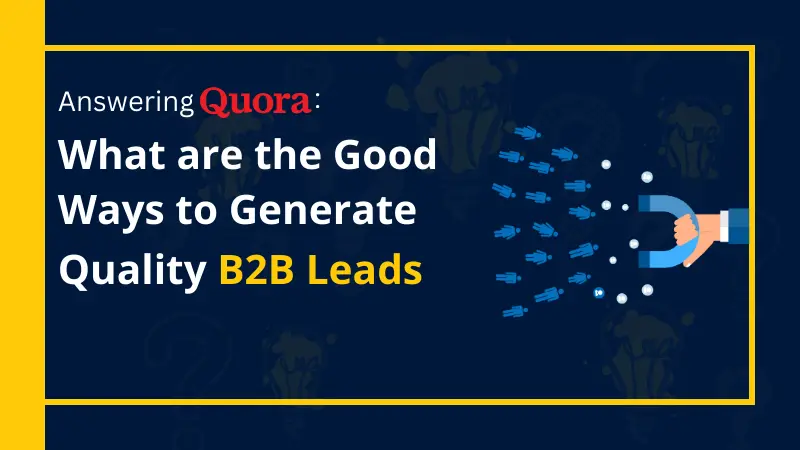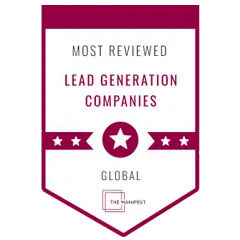As much as 86% of B2B companies are using some form of lead scoring method to help them manage their prospects. But a huge segment of these marketers are relying on no more than demographic data plus basic web tracking to rate how sales-ready their leads are. While certainly better than having no lead scoring system in place at all, this approach can be further refined with insights from social media.
By now, talking about social media as an ocean of untapped marketing data can seem a bit clichéd. But that’s exactly what this channel is. Prospects’ social media behavior and activity can give away buying signals not available in other sources. Together with traditional lead scoring criteria, social signals can paint a sharper picture of where your prospects are in their buying journey and, more importantly, where they’re going.
Fit: “Is this lead what we’re looking for?”
Any lead scoring model worth its salt starts with a set of qualification criteria that measures how well a prospect fits your target profile. These are attributes that help you answer the question: “Is this lead what we’re looking for?”That is, they tell you who exactly the prospect is.
Identify your prospect whether they’re hot, cold, or warm sales leads.
Prospect characteristics that describe fit include explicit demographic and firmographic data that you typically collect from forms or from a database entry. Some examples are a prospect’s job title, responsibilities, company size, as well as software or technology being used. Use the CHAMP method by asking these questions to spot qualified leads.
Interest: “Is this lead looking for us?”
Once you’ve determined that a prospect is someone you can most likely do business with, the next thing to find out is whether that lead is in fact actively looking for you, too. This is typically determined by knowing what the lead is doing within the marketing channels you’re using.
These signals can include both explicit and implicit data points on prospect behavior such as page visits, whitepaper downloads, subscription activities, email actions, and other triggers that indicate how they interact with your marketing materials.
Related: 5 Research-Backed Reasons to Outsource Your Marketing & Lead Generation Program
Intent:“Is this lead looking to buy?”
A prospect’s fit and interest characteristics can tell you a lot about that lead’s suitability as part of your pipeline, but they play a limited role in determining how likely that such a prospect is going to turn into your customer. For this, you’re going to need a set of qualification criteria with more predictive power. That is, you need to look for signs that indicate a prospect’s intent.
This is where social signals come in very handy. Marketers are increasingly relying on predictive lead scoring to help them identify sales-ready leads. Among the many things needed to keep a predictive lead scoring system running smoothly is lots of data, and social media is among the sources where these insights are mined.
Don’t waste your “A” material on unqualified leads. Find out how..
Social Signals: “Why is this lead looking at you?”
So, what social signals constitute buying intent? Prospects can flash many different social signals that indicate they’re already in the decision stage of their buying journey. It can be keyword searches on your industry topics and events, Twitter mentions about your brand or product, a comment on your blog post, replies to your updates and announcements, and any relevant online conversation that’s happening outside your site.
As a set of lead scoring criteria, each type of social interaction needs to be graded based on how they impact the buyer’s decision. This will depend on how your prospect uses social media channels in the buying process. For example, signals that indicate potentially higher scores include mentions of your product, while those that can mean a lower score include shares or retweets without much context.
The Takeaway
A prospect’s level of fit and interest can tell you where a lead has been, while data on a lead’s intent can say something about where she’s headed. To anticipate a lead’s buying intent, you’re going to need to capture social signals. Social signals go beyond telling you what actions a prospect has taken; they uncover the reasons behind these actions.











